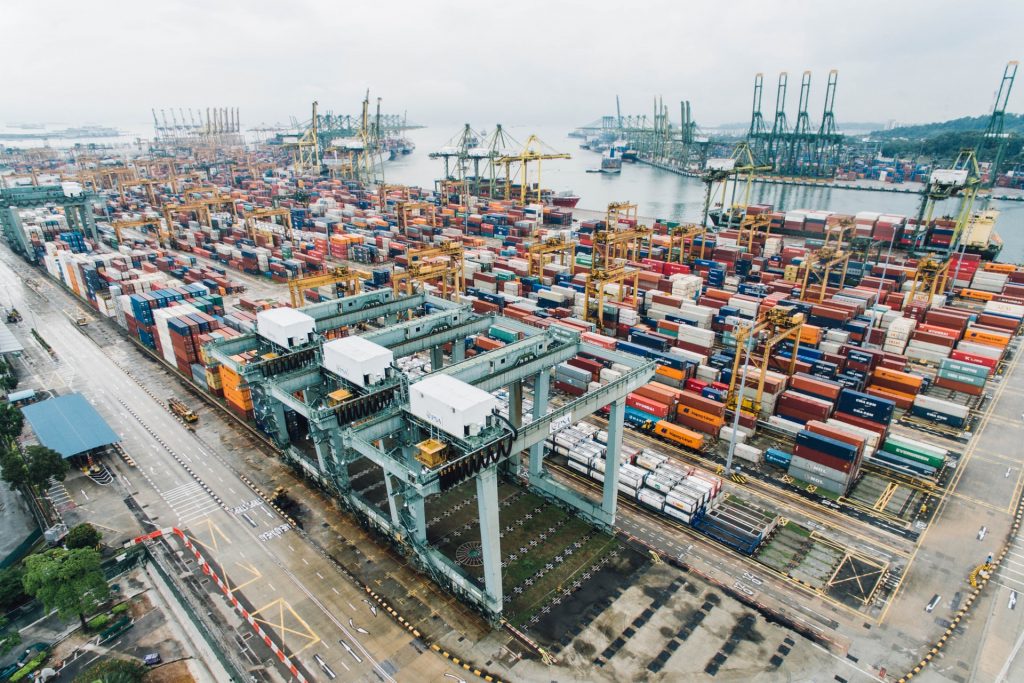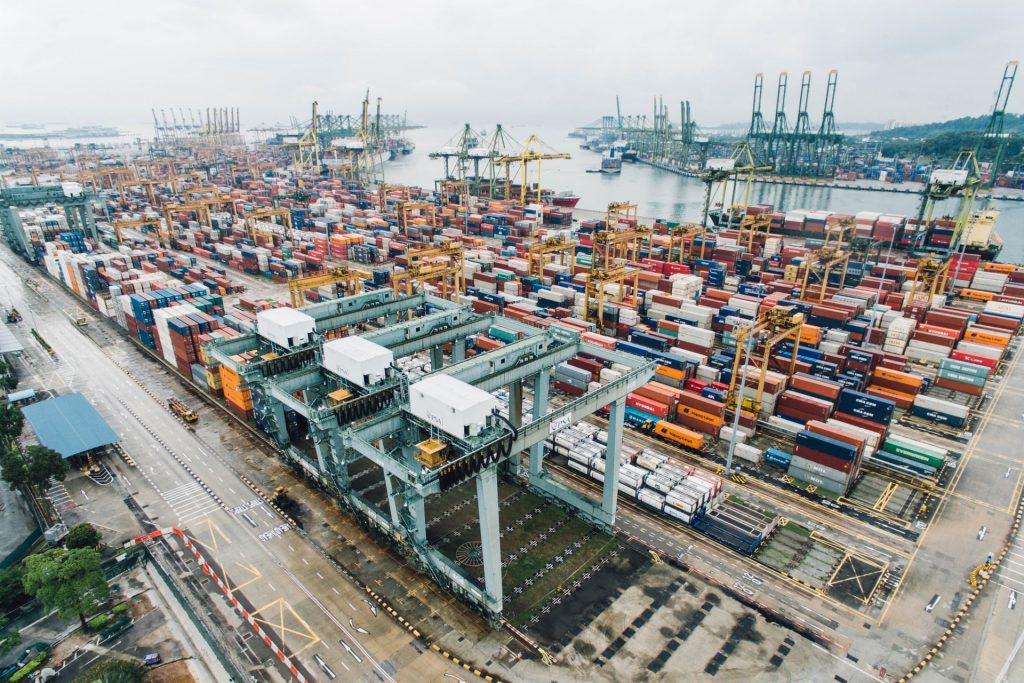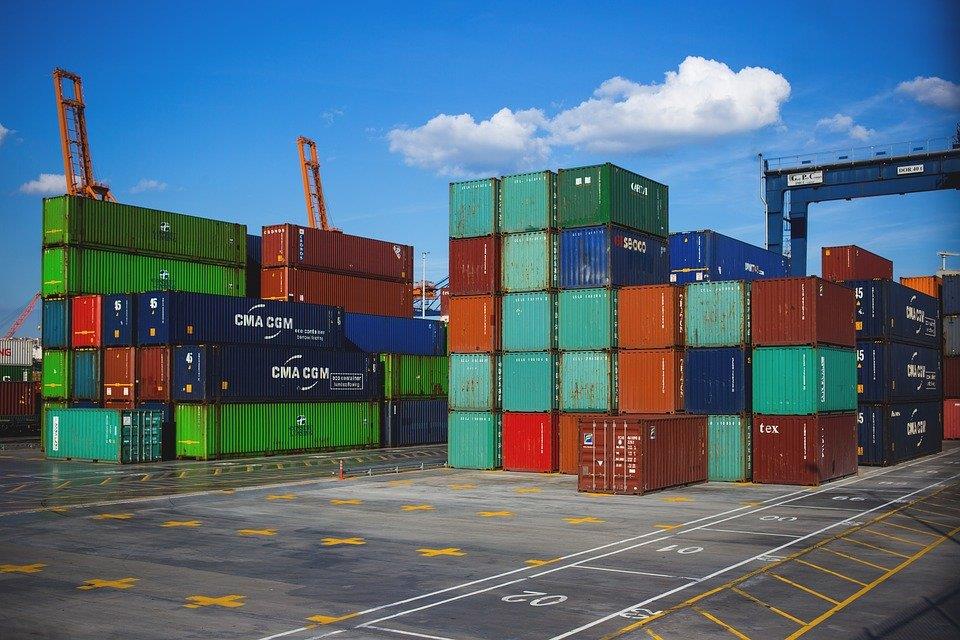
Anticipating record sales growth in 2021
Anticipating record sales growth this year, US retailers are planning to import nearly 25 percent more cargo in the first half of 2021 than they did in 2020. Signaling little relief for the US port network already sagging under a record import surge.
US retailers project a 23.3 percent year-over-year increase in imports in the first half of 2021 based on anticipated retail sales growth of 6.5 to 8.2 percent this year compared with 2020. The March Global Port Tracker, published by the National Retail Federation and Hackett Associates, said continued strong online sales growth, plus more in-store sales made possible by the distribution of COVID-19 vaccines, should generate even stronger retail sales and therefore increasing imports as the year progresses.
“The successful distribution of vaccines will help ensure that the economic recovery will likely be strong and sustainable,” Ben Hackett, founder of Hackett Associates, said in a statement accompanying the Global Port Tracker.
Shipping executives and industry analysts said, US imports from Asia will remain strong into the summer months, and most likely through the 2021 season. Unless a significant amount of new capacity is added, carriers will retain pricing power this year, as they have since they implemented a series of general rate increases and premium surcharges for equipment and space guarantees last summer on vessels leaving Asia.
Year-over-year monthly comparisons of import growth through June will be unusually large as they will be benchmarked against dismal import numbers in the first half of 2020. US imports collapsed in the first half due to factory shutdowns in China in February and March during the early months of the coronavirus disease 2019. That was followed by demand destruction in the US last spring. Imports rebounded sharply beginning in late June and remained strong through 2020 and into 2021.
The NRF’s retail sales forecast that was released on March 3 said sales this year could exceed 2020’s sales growth of 6.7 percent, driven in large part by robust online shopping.
“The pandemic has helped the growth of online shopping, which increased 21.9 percent last year and is expected to grow between 18 percent and 23 percent this year,” NRF’s chief economist Jack Kleinhenz said in the forecast.





